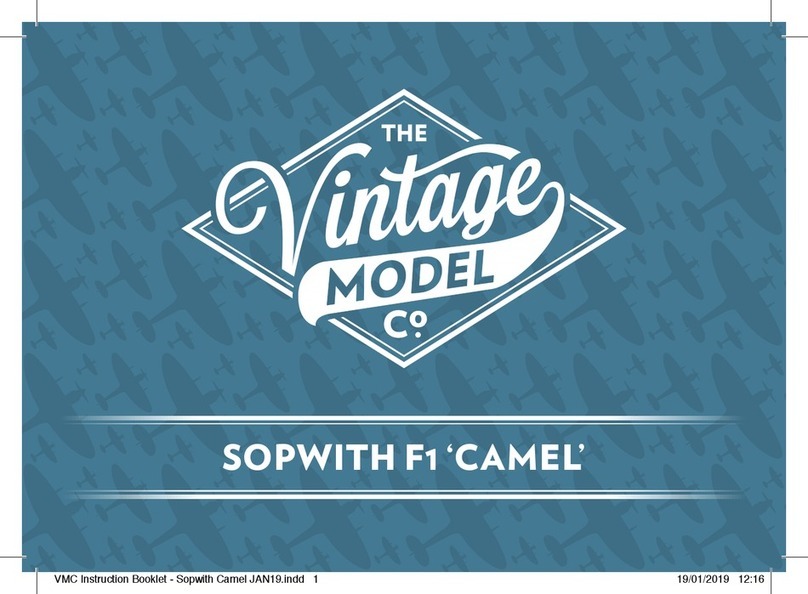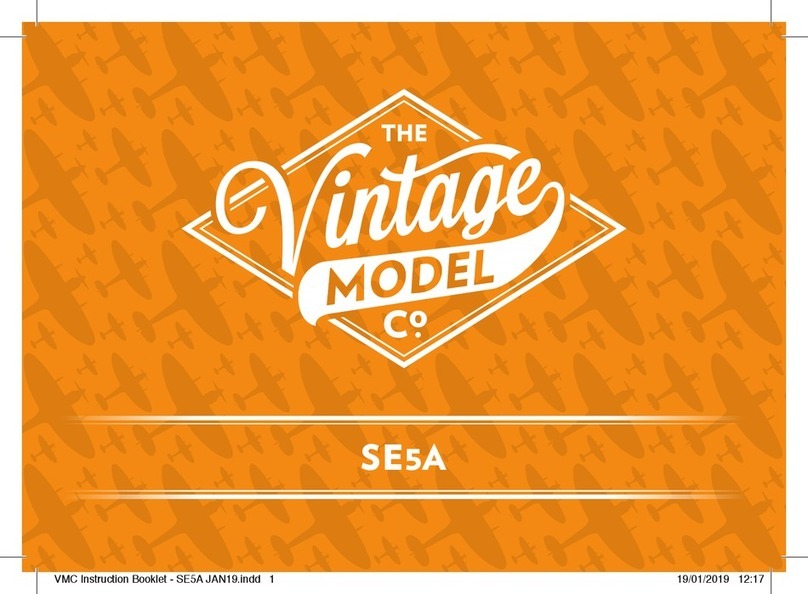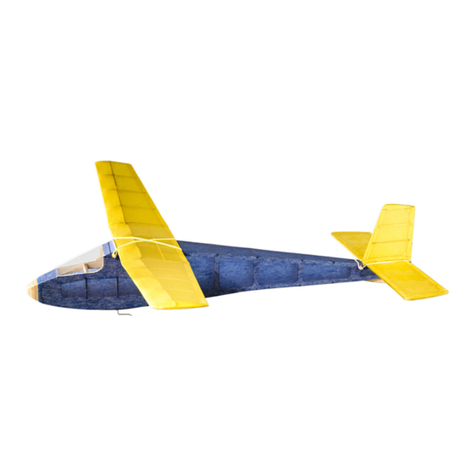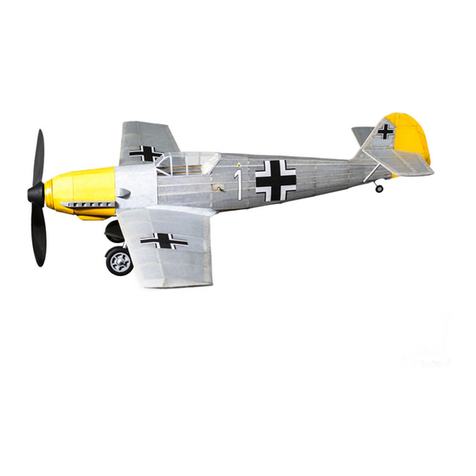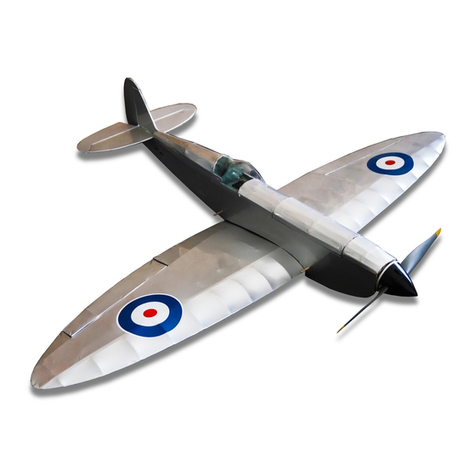
8
TIPS TO MAKE A GOOD JOB OF YOUR MODEL
Read and follow the instructions and the plan carefully.
• A light model will y much better than a heavy
one, so use glues and adhesives sparingly. Work
neatly and remove excess adhesive that squishes
out from joints – glue weighs far more than the
balsa wood! A piece of stiff 1.6mm square scrap
wood with the end cut at an angle makes an ideal
scraper to remove excess glue from corners or slots.
• To avoid losing the parts, remove them from the
laser cut sheets only when you need them. Use
the parts reference sheet to identify the required
part(s). Keep what remains of the balsa sheets
once the parts have been removed. This ‘scrap’
can be useful later to replace a broken part, or
make other detailed parts of your choosing.
• Balsa wood is very delicate – a light touch is
required and this is especially true when sanding.
If you have not sanded balsa before, practice on
the scrap edges of the balsa sheets. You will be
surprised by how quickly the material is removed!
• When using glue (especially cyano), don’t use it
from the tube directly. Instead, drop some onto
a non-porous disposable surface such as clean
foil from a yoghurt pot lid. Alternatively, save
pistachio nut shells – one held upright and rm
on a piece of Blu-Tack or plasticine makes an
ideal disposable glue container. You can then
pick up precise amounts of glue on the end of
a pin or piece of wire to apply to the parts. This
saves overuse of the glue and the potential
embarrassment of sticking yourself or other items
to your model!
• All of the contact surfaces of the parts to be
joined should be covered in glue.
• To remove the balsa parts, cut through the tabs
that join them to the sheets with a sharp craft
knife or scalpel – do not try to snap them from the
sheets as they may split. Remove the remains of
the tab with a light sanding.
• Some parts have a laser engraved letter ‘T’
on them – this means that the part should be
orientated with the letter T to the top when it is
correctly assembled.
• If you decide to paint your model, then use paint
sparingly. It is very easy to add weight with paint
and your model will not y well if it is too heavy.
VMC Instruction Booklet - Tiger Moth JAN19.indd 8 19/01/2019 12:26
